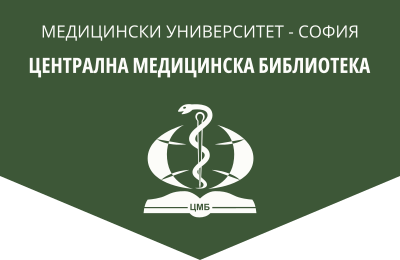Structure of medical staff in primary medical care of the Plovdiv region
General Medicine, 2024, 26(4), 11-16.
D. Shopov1, V. Mihaylova2,3, A. Alakidi4
1 Department of Health Management and Health Economics, Faculty of Public Health, Medical University – Plovdiv
2 Department of Physiotherapy, Faculty of Public Health, Medical University – Sofia
3 Department of Healthcare Management, Faculty of Public Health, Medical University ‒ Plovdiv
4 Department of Epidemiology and Hygiene, Faculty of Medicine, Medical University ‒ Sofia
Abstract. Introduction: As a central figure in modern healthcare systems, the family doctor faces a number of challenges, duties and responsibilities. The functioning of a practice for primary medical care is carried out in accordance with constantly emerging and periodically changing regulations and requirements for the economic efficiency of the diagnostic and treatment process on the part of the contractual partner and the institutions to which the doctor is responsible. Objective: To analyze the structure and staffing of the medical staff in primary care in the Plovdiv region during an observed period of time (2017-2022 inclusive). Material and Methods: The object of observation was the Plovdiv Region. A logical unit was the general practitioner (GP, personal physician). Technical units were the established outpatient clinics for primary care. The study was retrospective, for a 6-year period from 2017 to 2022 inclusive. Quantitative and qualitative indicators were used for the analysis. The statistical package SPSS version 27 and Microsoft Excel were used in the computer processing of the collected database. Results: Human resources in primary outpatient medical care are facing the following challenges: an aging population with a negative natural increase, with a deepening imbalance in the territorial distribution and an aging workforce in the health sector, insufficient attractiveness of young generations to some medical specialties. Discussion: A wide range of risk factors related to the conditions, style and lifestyle of people negatively transform the health status and unlock a number of health, social and psychological problems that worsen the quality of life and accelerate the aging process. The results obtained from the analysis of the age structure of the medical staff working in primary care show startling data on the aging of GPs and the lowest percentage of working young doctors. The general practitioner offers their services on the quasi-market of medical services. GPs must have medical, accounting, commercial knowledge and skills as they are practically medical service traders registered under the commercial law. Conclusion: Human resources are not subject to mechanical or mandatory territorial redistribution. A favorable environment, providing opportunities and incentives, activates in the medical specialists themselves (physicians and nurses) a desire to change the workplace and the place of residence.
Key words: demographic processes, health care, primary outpatient medical care, general practitioner, age structure
Address for correspondence: Assoc Prof. Dimitar Shopov, PhD, е-mail: shopov_d@abv.bg
